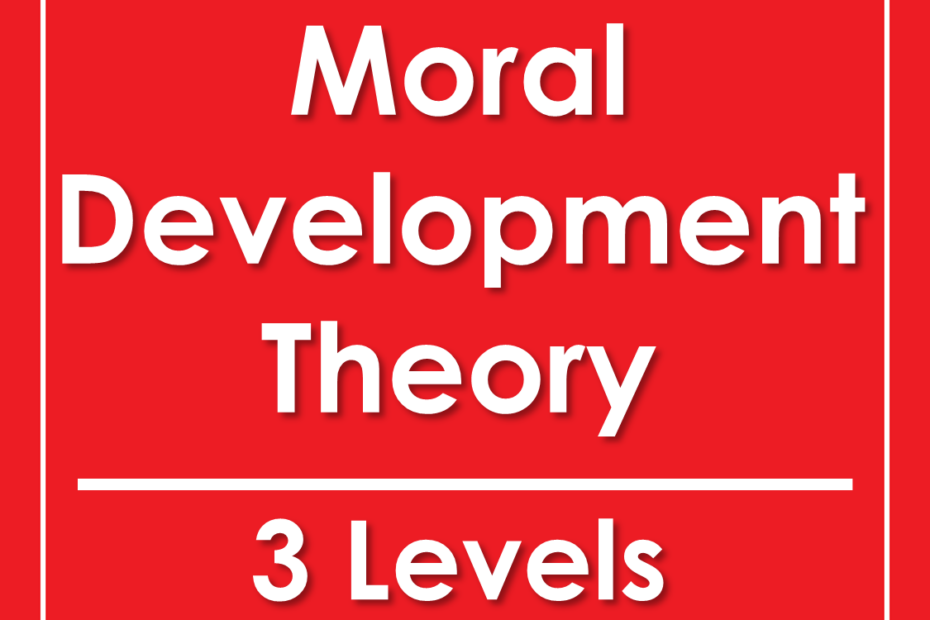Subscribe to MagicExam YouTube channel for free videos on CTET 2025 and 2026, KVS, TET, REET, DSSSB, UPTET, MPTET, MahaTET, APTET, TSTET, RTET, HTET, PSTET, KARTET, TNTET and other Teaching exam preparation, solved question papers, syllabus analysis, result related news and other information videos.
If you have any questions, comments or feedback - please post them as YouTube comments under the specific videos and we will clarify or reply as soon as possible.
What is Kohlberg’s Moral Development theory?
This theory explains how children (adolescents and adults) take moral decisions. That is, choose or decide between right and wrong.
To remember Kohlberg’s theory, you can use the ‘S – S’ shortcut. i.e., it has ‘Six – Stages’ and three levels. (Two stages per level).
In Stage 1 the child does the right thing to avoid punishment; and in stage 2, the child expects a reward for doing the right thing.
In stage 3, the child (adolescents) does the right thing just to be called a good boy or a good girl by others; and in stage 4, just to obey the law.
In stage 5, adults do the right thing because they are thinking about the good of the society; and when they reach stage 6, they are guided by their own ethics and moral principles.
Pre-conventional level and its stages 1 and 2 are driven only by external forces – such as fear of punishment and the possibility of a reward.
Conventional level and its stages 3 and 4 are driven by a combination of external and internal forces – such as the internal need for approval by others (to be called a good boy or good girl) and the external factors of law and order.
Post conventional levels and its stages 5 and 6 are driven mainly by internal forces – such as internal moral principles and ethics.
The main criticism of Kohlberg’s Moral Development Theory is that he used only male research subjects; and they were from a upper-middle-class society; thus leading to a possible bias in his findings and theory.
Click on the YouTube video link in the article above, to watch the entire video on YouTube. You can also click on the 'Chapter' link time-stamps to go directly to the specific question or part of the video.
Subscribe to MagicExam YouTube channel for free videos on CTET 2025 and 2026, KVS, TET, REET, DSSSB, UPTET, MPTET, MahaTET, APTET, TSTET, RTET, HTET, PSTET, KARTET, TNTET and other teaching exam preparation, solved question papers, syllabus analysis, result related news and other information videos.
If you have any questions, comments or feedback - please post them as YouTube comments under the specific videos and we will clarify or reply as soon as possible.
